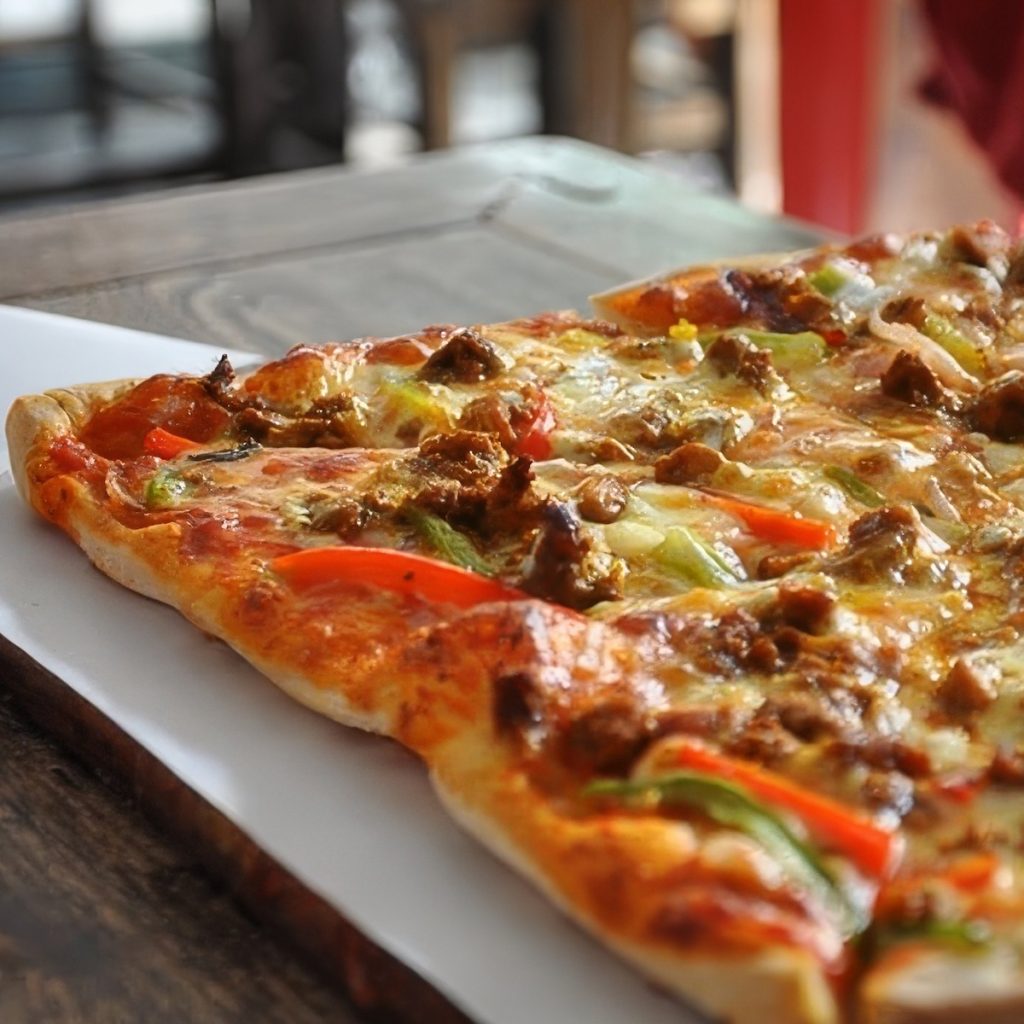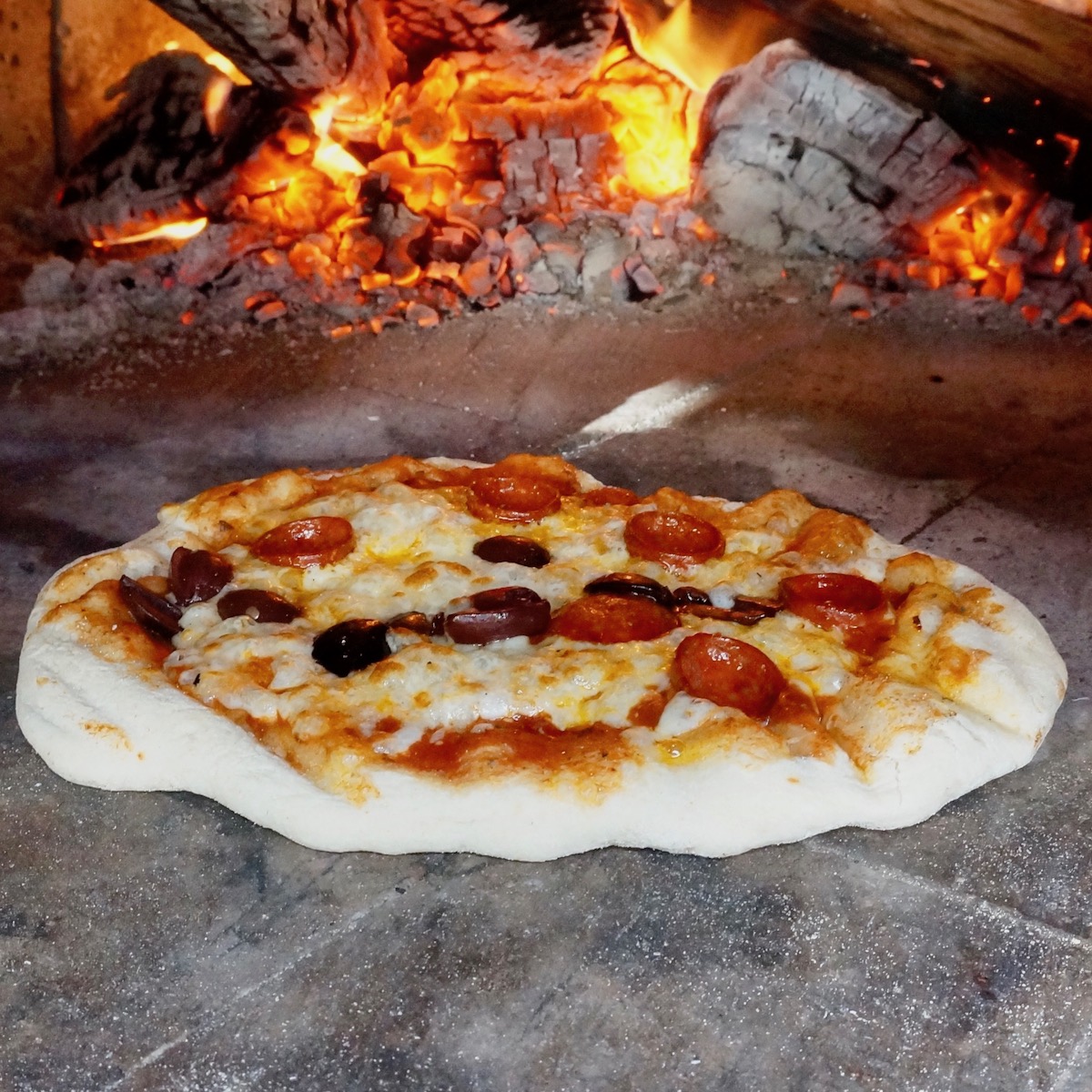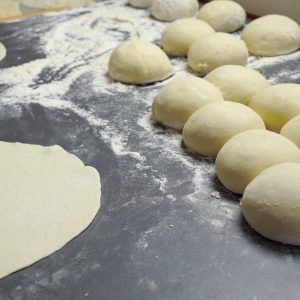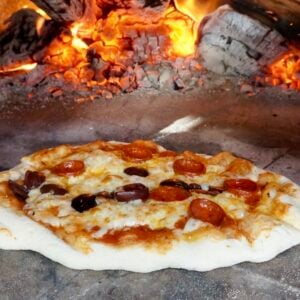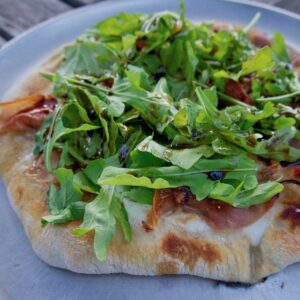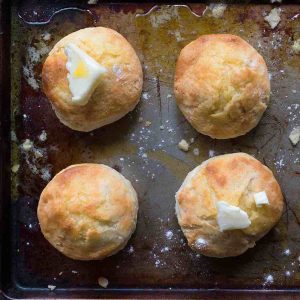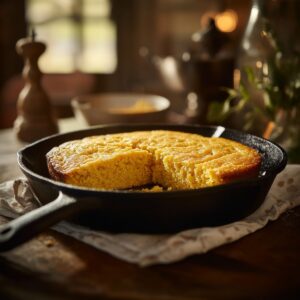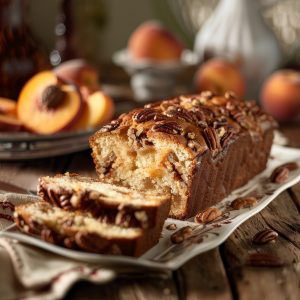How to Make Pizza Rustica: An Italian Easter Classic
This recipe for pizza rustica was adapted by our friend Laura. She grew up in an Italian household, so I am thrilled she sent me her grandmother’s recipe. Here is what she says,
“This was my grandmother’s recipe, and it was her mother’s, and it was probably older than that. It is an Easter dish because you could not eat meat on Good Friday and the following Saturday morning, so at noon, they would celebrate with this meat pie.”
Pizza rustica, or Italian Easter pie, is a savory pie traditionally made in Southern Italy, especially in regions like Naples and Calabria. It is typically prepared during Easter and features a rich, hearty filling encased in a pastry crust.
Key Characteristics:
- Crust: The crust is usually made from a simple dough, often like pie or bread dough.
- Filling: The filling consists of various cheeses (ricotta, mozzarella, and sometimes Parmesan), cured meats (such as salami, prosciutto, and ham), and eggs. Other ingredients, such as spinach, artichokes, or herbs, can also be added for flavor.
- Preparation: The dough is rolled out and placed in a baking dish. It is then filled with the cheese and meat mixture and covered with another layer of dough. The top is often decorated with dough strips in a lattice pattern.
- Baking: It is baked until the crust is golden and the filling is set.
Where Does the Name Come From?
The name “pizza rustica” combines Italian words that reflect its nature and origins:
- Pizza: In Italian, “pizza” can refer to various types of pies or flatbreads, not just the familiar pizza we know today. It has historically been used to describe sweet and savory baked goods.
- Rustica: This word means “rustic” or “rural” in Italian, suggesting a traditional, hearty dish typical of rural or peasant cooking.
So, “pizza rustica” translates to “rustic pie,” highlighting its origins as a traditional, homemade dish made with simple, wholesome ingredients. It is often associated with rural and family cooking. The name emphasizes its hearty and comforting nature and its deep roots in Italian culinary tradition.
History of Pizza Rustica
Pizza Rustica has a rich history rooted in Italian culinary traditions, particularly in Southern Italy. Its history is intertwined with religious customs, regional ingredients, and the celebration of Easter.
Historical Context:
- Origins: Pizza rustica likely originated in Southern Italy, especially Naples and Calabria. Its origins are difficult to pinpoint, but it has been a part of Italian culinary tradition for centuries.
- Easter Tradition: The pie is closely associated with Easter. In Italy, Easter is a time of celebration and feasting after the fasting period of Lent. Pizza Rustica, with its rich and indulgent ingredients, is a symbol of this festive period.
- Symbolism: The use of eggs in pizza rustica is significant. Eggs are a symbol of rebirth and renewal, aligning with the themes of Easter. Including various meats and cheeses represents abundance and the end of Lenten’s abstinence from meat and dairy.
Evolution of Ingredients:
- Cheeses and Meats: Traditionally, pizza rustica’s filling includes a variety of cheeses (like ricotta, mozzarella, and Parmesan) and cured meats (such as salami, prosciutto, and ham). These ingredients reflect Southern Italy’s rich agricultural and pastoral heritage.
- Regional Variations: Different regions and even individual families have their variations of pizza rustica. Some might include additional ingredients like spinach, artichokes, or herbs, while others may incorporate sweet elements like raisins or sugar in the dough.
- Influence of Migration: Italian immigrants brought the recipe for pizza rustica to other countries, particularly the United States, where it has become a beloved part of Italian-American Easter celebrations. The dish has evolved with the availability of local ingredients while maintaining its traditional essence.
Preparation and Tradition:
- Family Recipes: Pizza Rustica recipes are often passed down through generations, with each family adding its unique touch. Preparing pizza rustica is a communal activity involving the whole family in making the dough, preparing the filling, and assembling the pie.
- Celebratory Dish: Traditionally, pizza rustica is made in large quantities to share with family and friends during Easter festivities. It is often enjoyed cold or at room temperature, making it a convenient and delicious dish for large gatherings.
Modern Day:
Today, pizza rustica remains a cherished part of Italian and Italian-American Easter celebrations. It is enjoyed by people of all backgrounds and appreciated for its rich flavors and cultural significance. The dish has also found a place in gourmet circles, with chefs and home cooks exploring new variations and interpretations of this classic Easter pie.
Pizza Rustic
Equipment
- 9” X 2” straight-sided cake pan - brushed with olive oil
Ingredients
- 1 loaf of frozen or fresh bread dough or see recipe below for rich pastry dough
- ⅓ cup Parmesan cheese grated
- 1 clove garlic minced
- 1 tablespoon olive oil
- 1 - 9 oz package of chopped spinach thawed and well drained
- ⅛ teaspoon nutmeg freshly grated
- 2 medium tomatoes peeled, seeded & chopped
- 1 tablespoon basil minced
- 4 oz provolone shredded
- 4 oz Prosciutto thinly sliced
- 1 cup mozzarella shredded
- Kosher salt and freshly ground black pepper to taste
- 1 egg
- 1 tablespoon water
Rich Pastry Dough for Pizza Rustica
- 4 cups all-purpose flour
- 1 tablespoon sugar
- 1 ½ teaspoons salt
- 2 sticks 1 cup cold unsalted butter, cut into ½” pieces
- 4 large eggs beaten lightly
Instructions
Rich Pastry Dough for Pizza Rustica
- Whisk the flour, sugar and salt together very well to evenly distribute the salt and sugar.
- Toss the cold pieces of butter with the flour mixture, then quickly rub in with your fingers until the butter is about the size of small peas and the mixture is slightly sandy.
- Drizzle in about half the beaten eggs and toss together to moisten the flour. Pinch a bit between your fingers. If it holds together, you have used enough egg. If not, drizzle in more egg, about 1 tablespoon at a time, until the dough holds together when pinched.
- Press dough together into two flattened discs, one slightly larger than the other. Wrap in plastic wrap and refrigerate for an hour.
- Roll each piece of dough between two sheets of parchment paper until about ⅛ inch to 3/16 inch thick.
- If using the Rich Pastry Dough, simply toss the Parmesan cheese together with the mozzarella cheese.
Putting It All Together
- Cover the dough with a towel, and let the dough come to room temperature. Allow to rise in a warm place for about 45 minutes.
- Knead in the Parmesan cheese, and cut into two pieces, one slightly smaller than the other. Cover and set aside to rise.
- In a medium skillet over medium-high heat, sauté garlic in olive oil for 30 seconds.
- Squeeze the drained spinach in a lint-free towel to get as much liquid out as possible. Add spinach to the skillet, and sauté only until spinach wilts.
- Stir in fresh nutmeg and salt and pepper to taste. Set aside.
- Stir together tomato and basil, along with a pinch of salt and a grind or two of black pepper. Set aside.
- Roll the larger half of the dough out as thin as you can. You might have to stop and let the dough rest a few minutes if it starts springing back. Just cover it with a towel for about ten minutes to let the gluten relax.
- Fit the dough into the spring form pan and up the sides, allowing about 1/2 inch to overhang.
- Begin layering the ingredients in this order: ½ cup of the mozzarella, sautéed spinach, all the provolone, tomato and basil mixture, the meat, and the remaining mozzarella.
- Roll out remaining dough and place it on top of the pie and seal edges together. Set aside and let rise for 1 hour.
- Preheat oven at 375°.
- Brush egg and water mixture evenly on top of the pie.
- With a sharp knife, cut three or four slits in the dough to allow steam to escape.
- Bake in the lower ⅓ of the oven until the crust is a deep golden brown, about 40 minutes.

